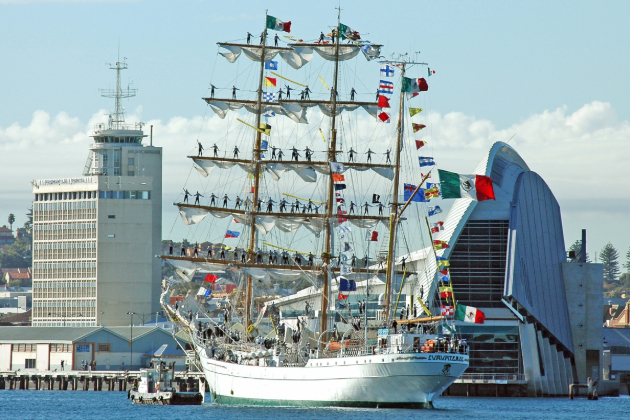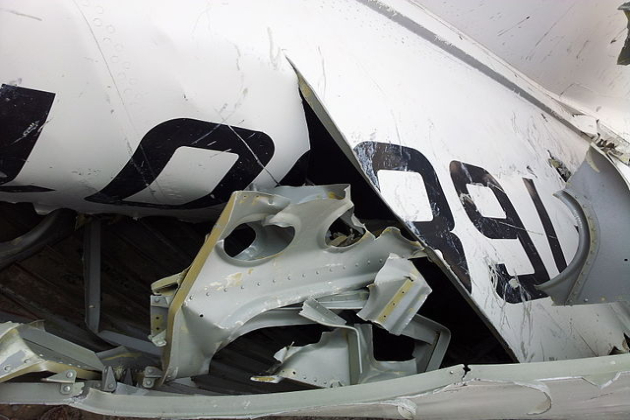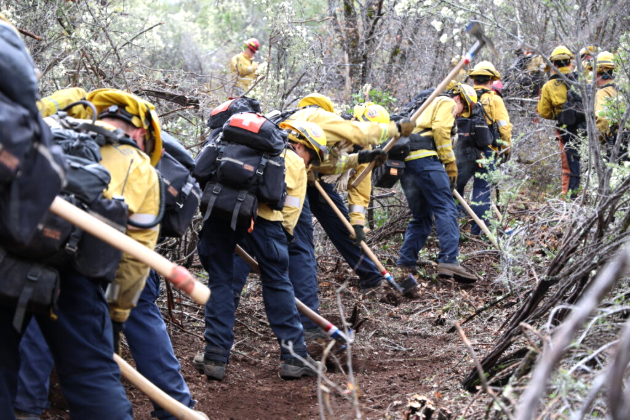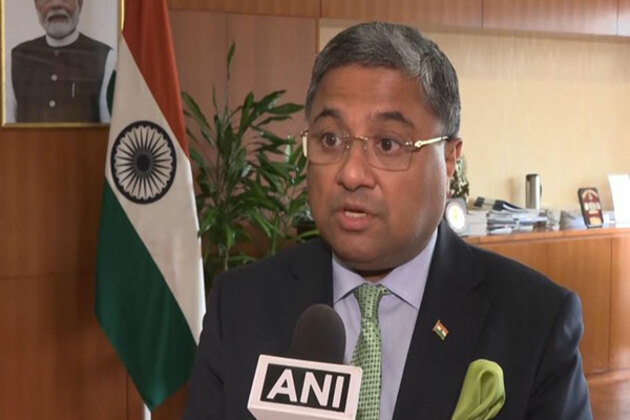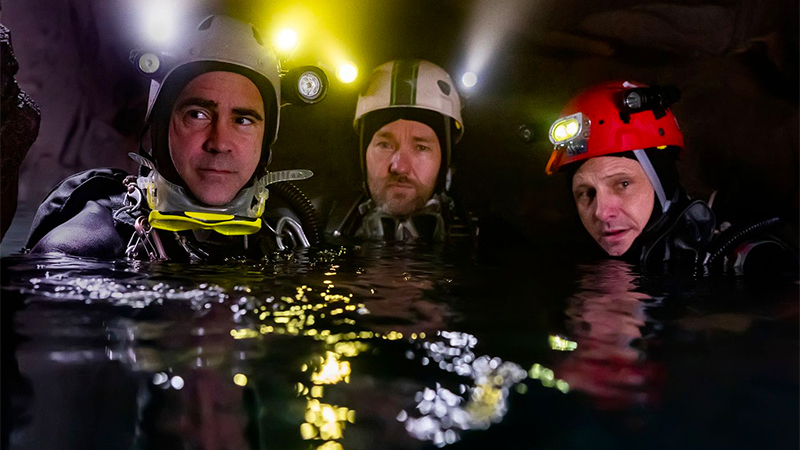Disaster or digital spectacle? The dangers of using floods to create social media content
The Conversation
23 May 2025, 04:09 GMT+10
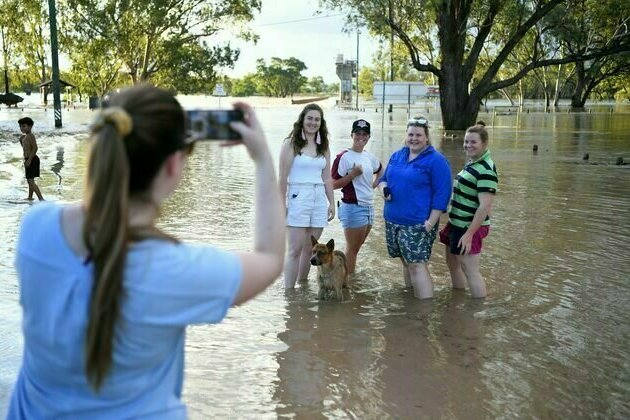
Almost 700 rescues had been carried out in New South Wales by Friday morning as record-breaking rainfall pounds the state. Tragically, four people have died in floodwaters.
Amid the chaos, videos posted on social media show people deliberately entering or standing above swollen rivers and flooded roads. It is a pattern of dangerous behaviour that occurs frequently during natural disasters in Australia.
Filming unsafe acts for social media is not just risky for participants. It may inspire copycat behaviour, and, if things go wrong, can endanger the lives of rescuers. It's a public health problem which requires new remedies.
During a flood, water can be deceiving. Just 15cm of water can knock an adult off their feet or cause a car to lose traction and float. Submerged debris and contaminated water add to the dangers.
Emergency services routinely warn the public not to enter floodwaters - on foot or in vehicles. But many people ignore the warnings, including those out to create social media content.
In a startling example posted on Tiktok during the current floods, a young man stands on a mossy log which has fallen over a flooded river. The video, accompanied by dramatic music, shows swirling floodwaters surging beneath him. One wrong step, and the man could easily have drowned.
In other examples posted on Tiktok in recent days, a woman wades through murky floodwaters, and a person films as the car they are travelling in drives down a flooded road.
Similar behaviour was observed during floods in Townsville earlier this year. Residents filmed themselves diving and wading into floodwaters, and towing each other on inflatable rafts.
And during ex-Tropical Cyclone Alfred, social media was filled with images of people in Queensland surfing dangerous swells and wading in rough surf.
Our research explores the links between social media and adverse health outcomes.
Selfie-related injury has become a public health concern. People are increasingly venturing off-trail, seeking out attractive but hazardous locations such as cliff edges and coastal rock platforms.
These behaviours can lead to injury and death. They can also put emergency services personnel in harm's way. In 2021, for example, a woman fell into a swollen river on Canberra's outskirts while trying to take a selfie with friends, prompting a police official to warn:
There is no photo or social media post that is worth risking your life to get. Any water rescue puts the lives of not only of yourself but those of emergency services personnel at risk.
How should the problem be tackled? Previous research by others has recommended "no-selfie zones", barriers, and signs as ways to prevent selfie incidents. But our research suggests these measures may not be enough.
The phenomenon of selfie-related incidents requires a public health approach. This entails addressing the behaviour through prevention, education, and other interventions such as via social media platforms.
In the latest floods, unsafe behaviour has occurred despite a series of official flood, weather and other warnings. Residents also continue to drive into floodwaters, despite repeated pleas from authorities.
Official warnings compete with - and can lose out to - more emotionally compelling, visually rich content. If the public sees other people behaving recklessly and apparently unharmed, then even clear, fact-based warnings can be ignored.
This is especially true in communities experiencing "alert-fatigue" after having gone through disasters before.
Sometimes, vague terminology in warnings means the messages don't necessarily cut through. We've seen this before in relation to surf safety. Technical phrases such as "hazardous swell" don't change behaviour if people don't understand what they mean.
For warnings to work, they need to be clear and provide instruction - stating what the danger actually is, and what to explicitly do, or not do.
For social media users, that might mean spelling out not to go into floodwaters to capture content for social media.
We've also previously called on social media companies to be held more accountable for the dangerous content they publish - by flagging risky content and supporting in-app safety messaging, especially at high-risk locations or during extreme weather events.
If you're in or near a flood zone, follow guidance from emergency services to keep yourself and your loved ones safe.
When it comes to using social media in an emergency:
stay entirely out of floodwaters, even for a quick photo
think before you post. Your safety is more important than your content. No post is worth risking your life
avoid glamourising risk. Sharing risky photos or videos can influence others to do the same, potentially with worse outcomes
follow official advice. Floodwaters are unpredictable. Warnings are issued for a reason
use your platform for good. Share verified information, support affected communities and help amplify safety messages.
As extreme weather becomes more frequent in Australia under climate change, so too will the urge to document them. But we risk turning disasters into digital spectacles - at the expense of our lives and that of rescuers.
 Share
Share
 Tweet
Tweet
 Share
Share
 Flip
Flip
 Email
Email
Watch latest videos
Subscribe and Follow
Get a daily dose of Australian Herald news through our daily email, its complimentary and keeps you fully up to date with world and business news as well.
News RELEASES
Publish news of your business, community or sports group, personnel appointments, major event and more by submitting a news release to Australian Herald.
More InformationInternational
SectionBipartisan Senate bill targets China, Russia in nuclear energy race
WASHINGTON, D.C.: U.S. senators from both parties introduced a bill this week aimed at countering China and Russia's growing influence...
Engine failure probed after Mexican Navy ship hits Brooklyn Bridge
NEW YORK CITY, New York: Officials are investigating why a Mexican Navy training ship hit the Brooklyn Bridge on May 17, breaking the...
Department of Justice seeks merger of DEA, ATF; needs Congress nod
WASHINGTON, D.C.: The U.S. Department of Justice wants to merge two of its agencies — the Drug Enforcement Administration and the Bureau...
Spain orders Airbnb to delist 65,000 rentals for illegal listings
MADRID, Spain: Spain has ordered Airbnb to remove more than 65,000 holiday rental listings from its platform, accusing the company...
Victims’ families reject tentative Boeing non-prosecution agreement
WASHINGTON, D.C.: Families of some of the 346 people who died in two deadly Boeing 737 MAX crashes plan to oppose a proposed deal between...
Southern California Edison targets grid safety in wildfire strategy
ROSEMEAD, California: Southern California Edison (SCE) has outlined a US$6.2 billion wildfire mitigation plan aimed at reducing fire...
Sydney
SectionRussia imprisons Australian for 13 years over fighting for Ukraine
MOSCOW, Russia: Russia has sentenced a 33-year-old Australian man to 13 years in a high-security prison for fighting with Ukrainian...
Helped us convey message that our unity, strength and determination will go to any extent in destroying terror infra: Indian envoy on MPs Japan visit
Tokyo [Japan], May 23 (ANI): India's Ambassador to Japan, Sibi George, said that the members of parliament from different political...
"The new normal is very clear- zero tolerance on terrorism": India's Ambassador to Japan Sibi George
Tokyo [Japan], May 23 (ANI): India's Ambassador to Japan, Sibi George, reaffirmed India's actions against terrorism and told the diplomats...
Disaster or digital spectacle? The dangers of using floods to create social media content
Almost 700 rescues had been carried out in New South Wales by Friday morning as record-breaking rainfall pounds the state. Tragically,...
How should central banks respond to US tariffs? The RBA provides some clues
With the return of Donald Trump to the White House, the United States has signalled a return to aggressive tariff policies, upending...
Tim Seifert joins RCB as temporary replacement for Jacob Bethell
Bengaluru (Karnataka) [India], May 22 (ANI): Royal Challengers Bengaluru (RCB) have roped in New Zealand wicketkeeper-batter Tim Seifert...


